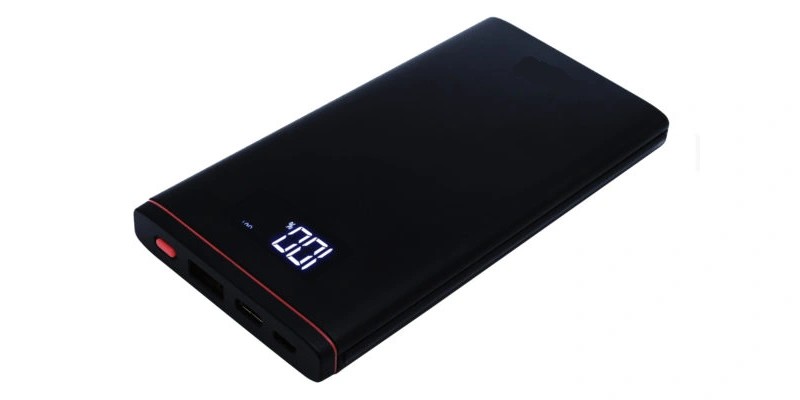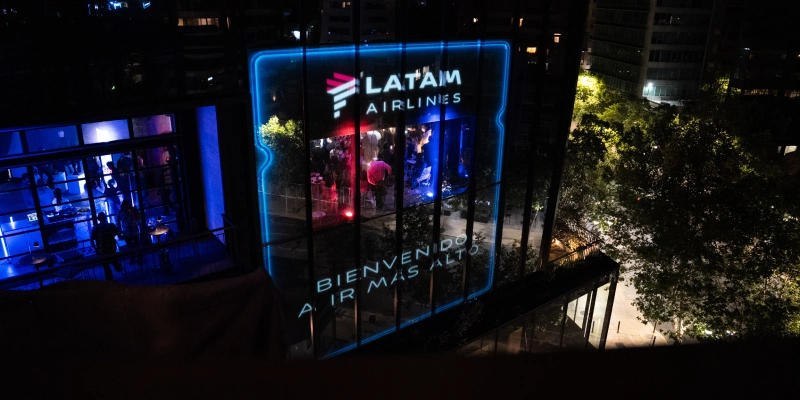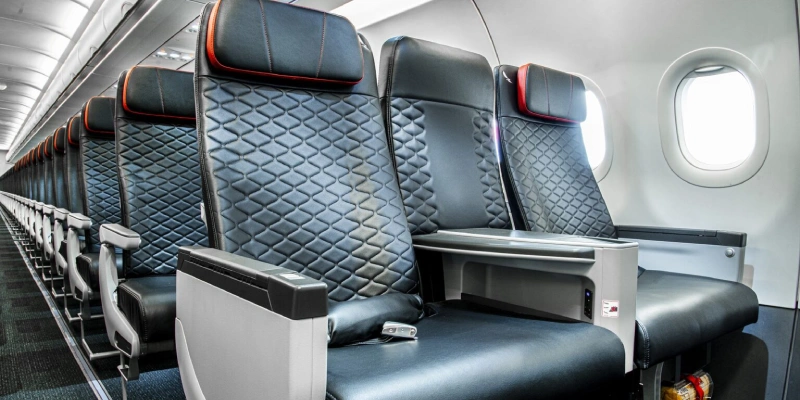The European Union Aviation Safety Agency (EASA) has published a new Safety Information Bulletin (SIB) with a clear call to action: strengthen measures in response to the increasing number of incidents involving lithium batteries on board commercial aircraft.
These batteries, found in electronic devices such as mobile phones, laptops, and drones, pose a significant risk when not handled properly. The updated document consolidates and replaces previous withdrawn bulletins, providing essential guidelines for air operators, ground personnel, and especially passengers.
Why is EASA Taking Action Now?
According to Jesper Rasmussen, EASA’s Head of Flight Standards, the trigger has been the rise in safety incidents related to lithium batteries carried by passengers. “Every traveler carries between four and five such devices on a flight. It is crucial for airlines to ensure passengers know how to transport them responsibly,” he stated.
Permitted Devices and Key Restrictions
The bulletin specifies that portable electronic devices (PEDs) range from smartphones to power tools and drones. However, equipment with high-capacity batteries, such as e-scooters, hoverboards, and certain drones, is prohibited under current regulations.
→ IATA Unveils Roadmap to Transform Baggage Handling
Power banks, which are not classified as PEDs, must be treated as spare batteries and are subject to additional restrictions.
Guidelines for Passengers
EASA emphasizes critical points for travelers and operators:
- E-cigarettes and power banks must be carried in the passenger’s hand luggage or on their person, never in checked baggage. They must also be protected against short circuits (e.g., by using their original packaging, insulating terminals, or storing them in individual bags).
- Charging e-cigarettes during the flight is prohibited.
- Using power banks onboard is not recommended, whether for charging other devices or for their own charging.
- Devices should not be left loose or turned on unsupervised.
- Each battery must not exceed 100 Wh, unless specifically approved by the airline for a maximum of 160 Wh.
- Partially discharged devices are preferable, as the risk decreases with lower charge levels.
Risks and How to Prevent Them
Malfunctioning lithium batteries can overheat, catch fire, or emit toxic fumes, especially if damaged, short-circuited, or exposed to heat.
EASA underscores that it is a shared responsibility—among operators, ground staff, and crew—to recognize and act on these dangers. Emphasis is placed on training personnel to manage incidents involving overheating batteries during flights and to contain any fire threats.
A Clear Message to Airlines
The European agency urges airlines to enhance communication with passengers. Simply providing information is not enough; travelers must understand and adopt preventive measures. This includes using concrete examples to explain which devices are permitted, how they should be packed, and why constant vigilance is vital.
Airlines are also advised to highlight less obvious hazards, such as PEDs getting trapped in moving seat parts, which can damage the device and trigger an incident.
With this new directive, EASA aims to close safety gaps in an environment where personal technology use is constant. For passengers, understanding the risks and acting responsibly can make the difference between a safe flight and an unnecessary emergency.
Related Topics
LATAM Airlines Presents Its New Brand Promise: “Welcome to Going Higher”
Avianca Expands Its Premium Flight Experience on Domestic Routes
Copa Airlines Extends Flight Suspension to Venezuela Until December 18
Satena Temporarily Suspends Flights to Venezuela

Plataforma Informativa de Aviación Comercial con 13 años de trayectoria.




